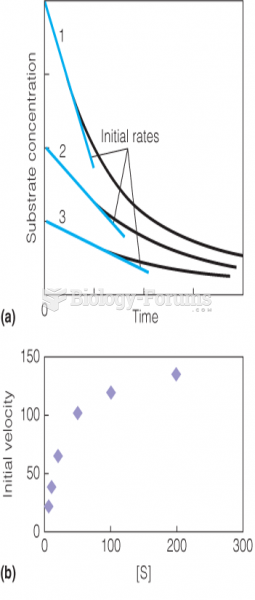The Lottaburger restaurant chain in central New Mexico is conducting an analysis of its restaurants, which take pride in serving burgers and fries to go faster than the competition.
As a part of its analysis, Lottaburger wants to determine if its speed of service is different across its four outlets. Orders at Lottaburger restaurants are tracked electronically, and the chain is able to determine the speed with which every order is filled. The chain decided to randomly sample 20 orders from each of the four restaurants it operates. The speed of service for each randomly sampled order was noted and is contained in the file Lottaburger.At the alpha = 0.05 level of service, can Lottaburger conclude that the speed of service is different across the four restaurants in the chain?A) Since F = 18.418 > F=0.05 = 2.725, reject the null hypothesis. Based on these sample data we can conclude that the average service time is different across the four restaurants in the chain.
B) Since F = 22.666 > F=0.05 = 2.725, reject the null hypothesis. Based on these sample data we can conclude that the average service time is different across the four restaurants in the chain.
C) Since F = 22.666 > F=0.05 = 2.725, do not reject the null hypothesis. Based on these sample data there is not sufficient evidence to conclude that the average service time is different across the four restaurants in the chain.
D) Since F = 18.418 > F=0.05 = 2.725, do not reject the null hypothesis. Based on these sample data there is not sufficient evidence to conclude that the average service time is different across the four restaurants in the chain.
Question 2
Which of the following statements is true with respect to a Poisson distribution?
A) The Poisson distribution is symmetrical when the mean is close to 5.
B) The Poisson distribution is more right-skewed for smaller values of the mean.
C) The variance of the Poisson distribution is equal to the square root of the expected value.
D) The Poisson distribution is an example of a continuous probability distribution.







